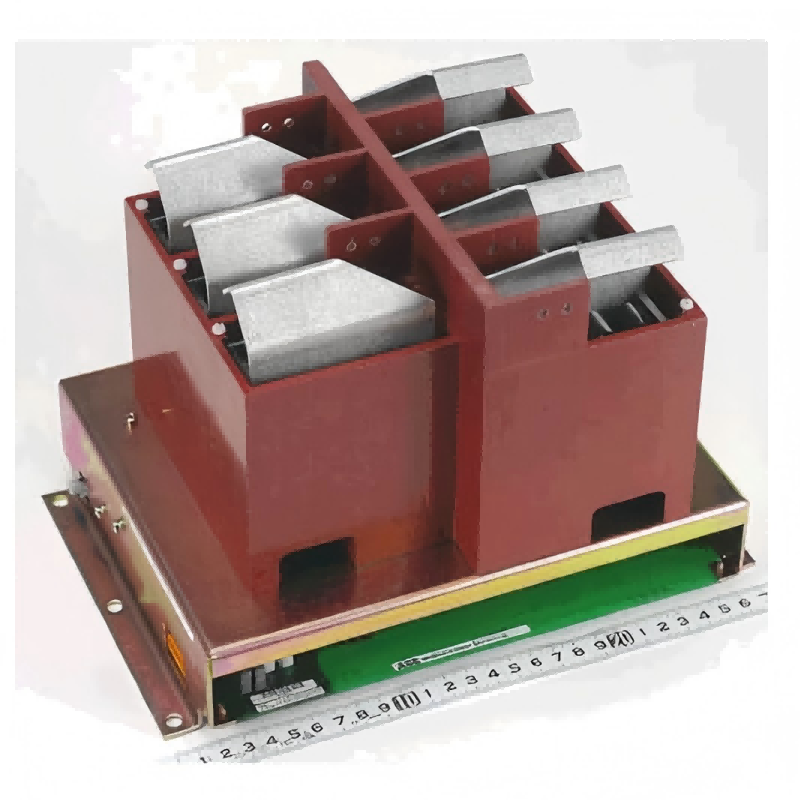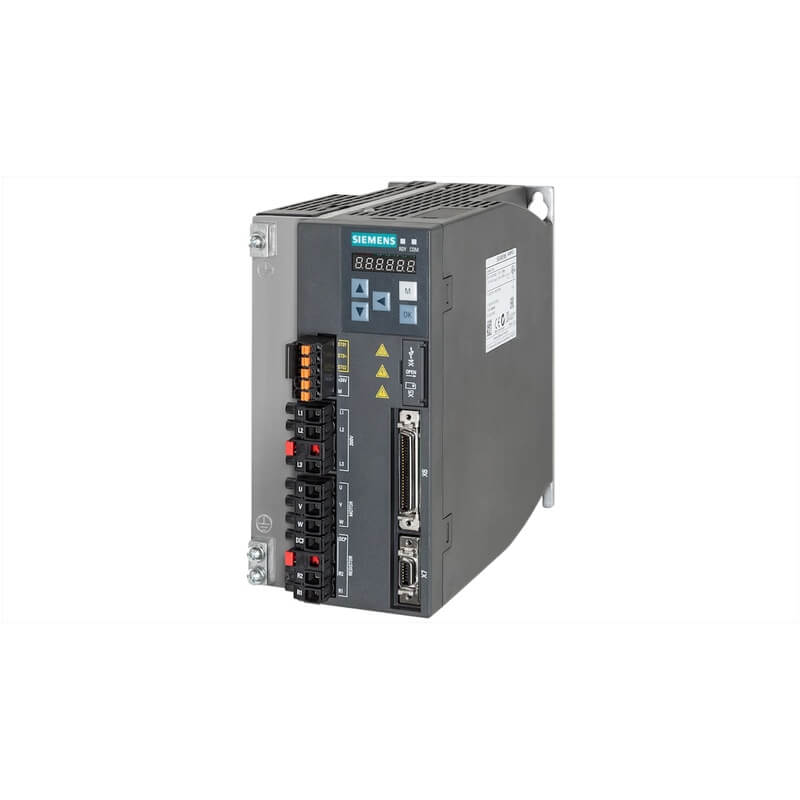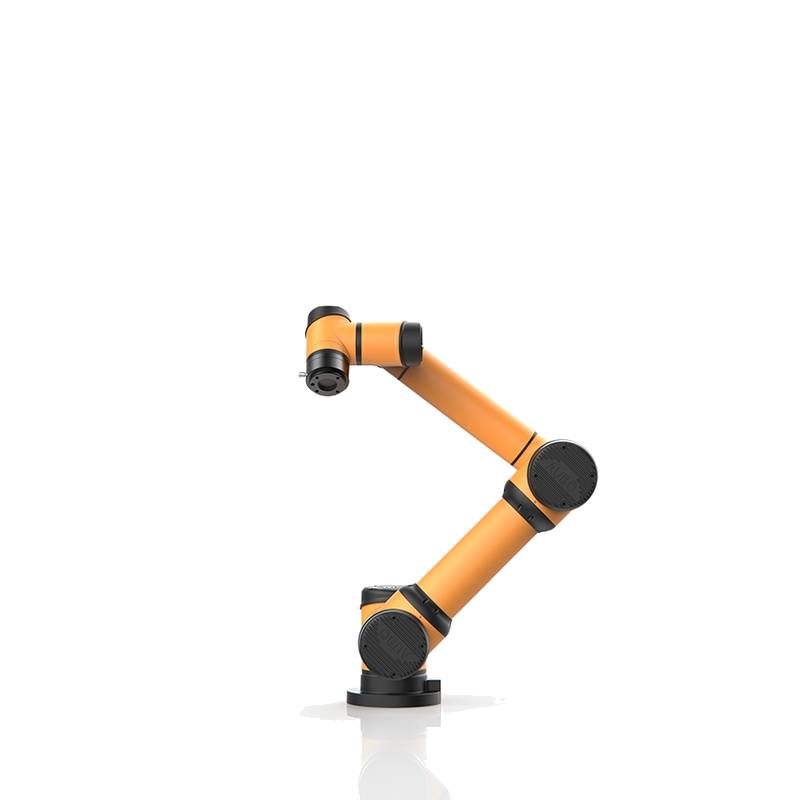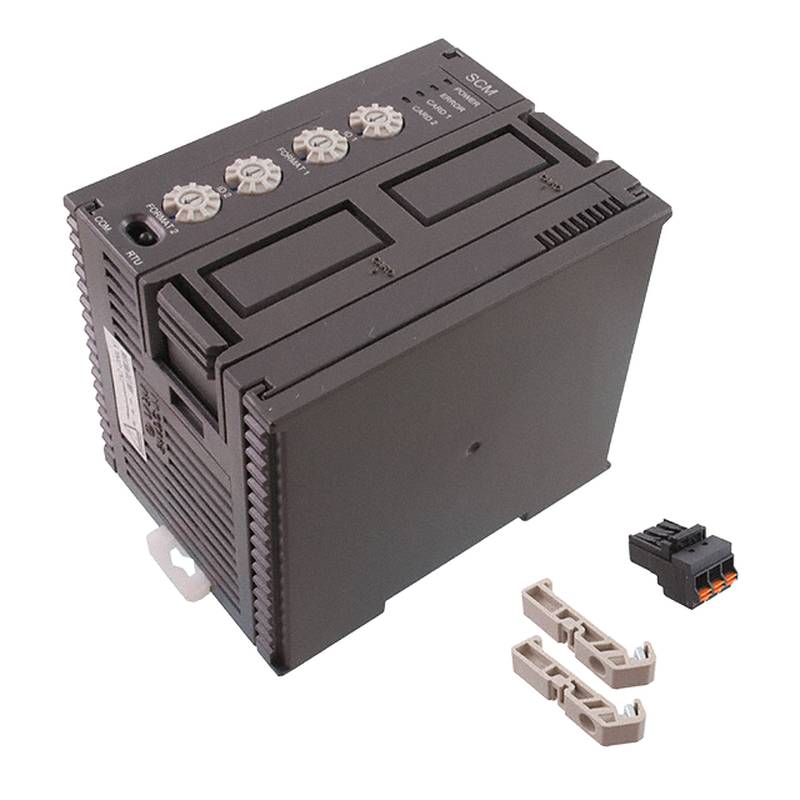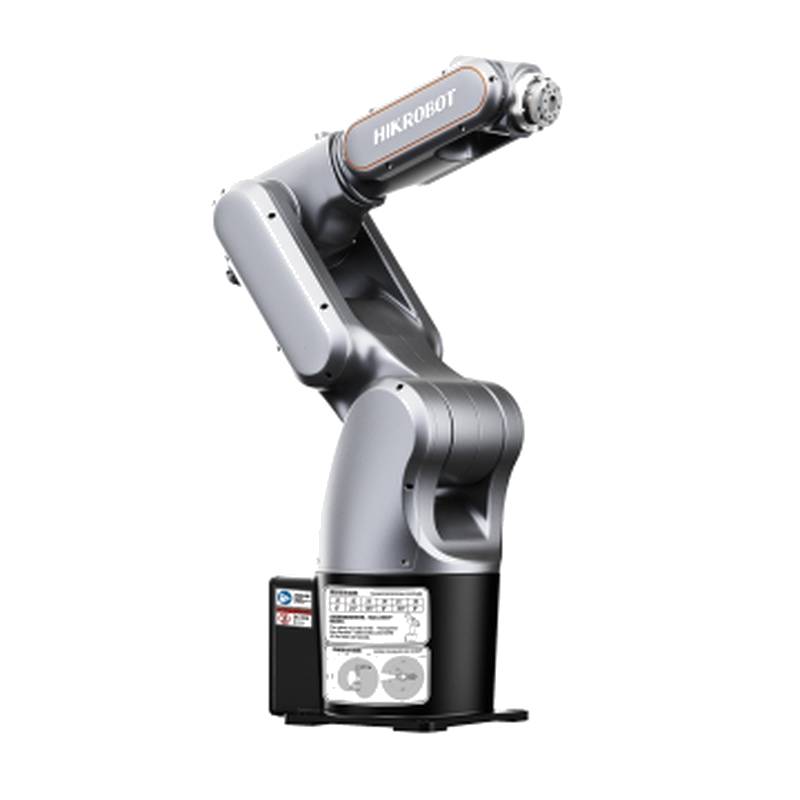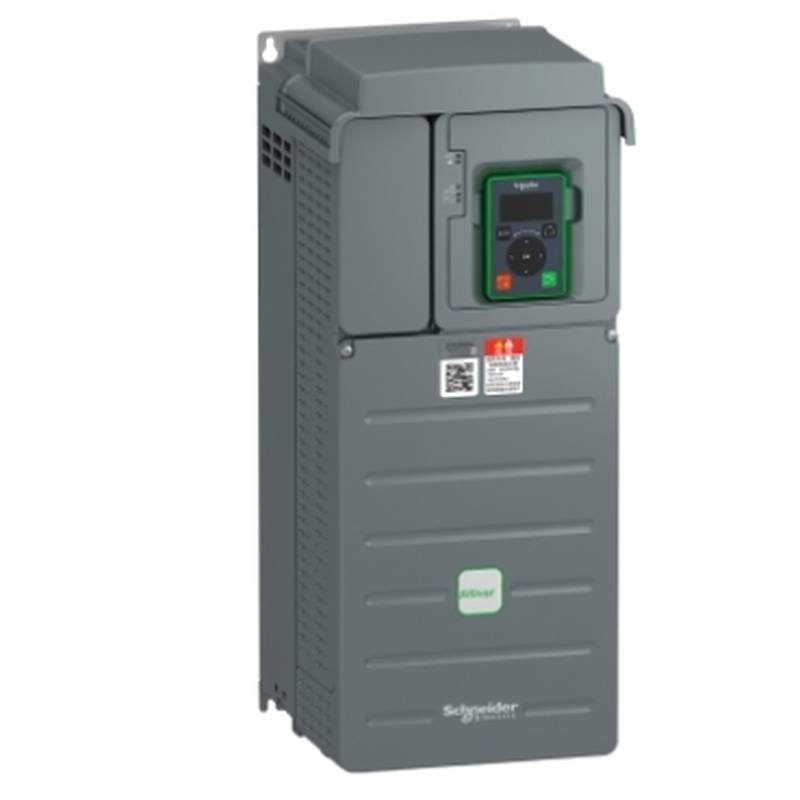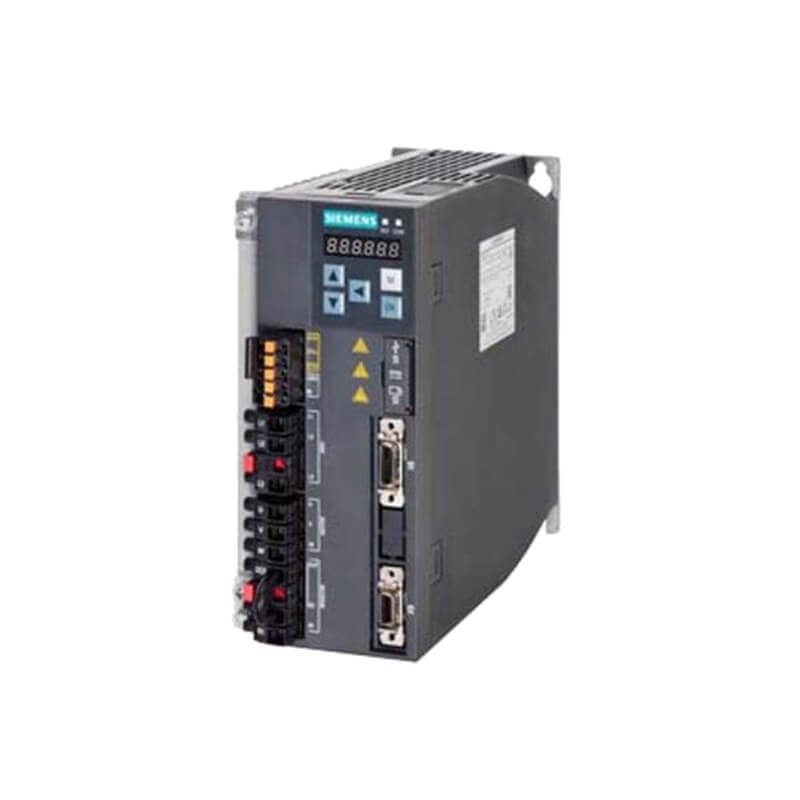
The Moxa IMC-21-M-ST is a robust, industrial-grade multi-mode fiber converter designed for reliable data transmission in demanding environments. This compact device immediately distinguishes itself with its ability to convert electrical Ethernet signals to multi-mode fiber optic signals, enabling extended network distances and enhanced immunity to electromagnetic interference. Key technical specifications include a wide operating temperature range of -40 to 75°C, ensuring consistent performance in extreme conditions. It supports 10/100BaseT(X) Ethernet and features an ST connector type for its multi-mode fiber interface, capable of reaching distances up to 2 kilometers. The device boasts a Mean Time Between Failures (MTBF) of over 500,000 hours, underscoring its exceptional reliability and suitability for critical industrial applications.
Product Specifications
| Feature | Specification |
| :---------------------- | :----------------------------------------------- |
| Ethernet Port | 1 x 10/100BaseT(X) (RJ45 connector) |
| Fiber Port | 1 x 100BaseFX Multi-mode (ST connector) |
| Fiber Wavelength | 1310 nm |
| Fiber Distance | Up to 2 km |
| Power Input | 12/24/48 VDC (9.6 to 60 VDC) |
| Operating Temperature | -40 to 75°C |
| Storage Temperature | -40 to 85°C |
| Humidity | 5 to 95% RH (non-condensing) |
| MTBF | > 500,000 hours |
| Dimensions (W x D x H) | 33.7 x 92 x 114 mm (1.33 x 3.62 x 4.49 in) |
| Mounting | DIN-rail, Wall mount |
| Certifications | CE, FCC, UL, ATEX (Zone 2) |
Core Features & Market Positioning
The Moxa IMC-21-M-ST excels in providing a cost-effective and reliable solution for extending Ethernet networks over fiber in industrial settings. Its primary advantage lies in its rugged industrial design, featuring a wide operating temperature range and robust power input options, which are critical for deployment in harsh environments where standard commercial converters would fail. The inclusion of an ST connector for multi-mode fiber compatibility ensures broad interoperability with existing fiber infrastructure. Moxa's reputation for high reliability, evidenced by its impressive MTBF rating, positions the IMC-21-M-ST as a dependable choice for mission-critical systems, differentiating it from less durable alternatives. This converter is engineered to bridge the gap between legacy copper-based Ethernet and the benefits of fiber optics, offering enhanced data integrity and transmission distances.
Key Application Scenarios
This multi-mode fiber converter finds extensive use in scenarios requiring network extension beyond the typical 100-meter Ethernet limit or where electrical noise is a significant concern. It is ideally suited for industrial automation, connecting PLCs, sensors, and control systems across factory floors or between buildings. In transportation, it can be deployed in intelligent transport systems (ITS) for traffic monitoring and control, leveraging fiber's immunity to lightning and EMI. Petrochemical and power generation plants benefit from its resilience in hazardous or high-interference zones, facilitating secure and stable data links for critical infrastructure monitoring. Furthermore, its ability to cover up to 2 km makes it a practical solution for campus networks, remote site monitoring, and applications where robust, long-distance communication is paramount.
Practical System Integration Guidance
Integrating the Moxa IMC-21-M-ST into an existing network is straightforward, primarily involving physical connections and power supply. For installation, the unit can be mounted on a standard DIN-rail or directly to a wall using the provided hardware. The Ethernet port utilizes a standard RJ45 connector for connecting to copper-based network devices or switches, supporting auto-negotiation for 10/100 Mbps speeds. The fiber optic port, featuring an ST connector, requires a multi-mode fiber optic cable (e.g., 62.5/125 µm or 50/125 µm) to connect to another fiber optic device or network segment. Power is supplied via screw terminals, accepting a wide DC voltage range (9.6 to 60 VDC), which simplifies integration with various industrial power sources. Ensure correct polarity is observed during wiring. No complex software configuration is typically required for basic operation, as the device functions as a media converter.
Operation and Risk Mitigation
Operating the Moxa IMC-21-M-ST requires adherence to basic industrial networking practices. The device is designed for plug-and-play functionality, automatically detecting link status and speed on its Ethernet port. The primary operational consideration is ensuring the integrity of the fiber optic connection, including clean connectors and appropriate cable type and length. Risk mitigation primarily centers on proper environmental protection and power management. Deploying the converter within its specified temperature and humidity limits is crucial for preventing premature failure. Using a stabilized power supply within the acceptable voltage range mitigates risks associated with power fluctuations. While the device itself is highly reliable, users should be aware that fiber optic cable damage or contamination can lead to communication disruptions. Regular inspection of fiber connections, particularly in vibration-prone areas, is recommended.
Scalability & Long-Term Value
The Moxa IMC-21-M-ST offers significant long-term value through its compatibility and robust design, which supports network evolution. Its inherent ability to extend Ethernet over fiber optics positions it as a foundational component for upgrading existing copper networks to higher bandwidths or longer reach in the future. The device is designed to integrate seamlessly with Moxa's broader portfolio of industrial networking products, allowing for scalable network expansion. By enabling the use of fiber, it future-proofs installations against electromagnetic interference and signal degradation, reducing the need for frequent hardware replacements. Its support for standard industrial protocols and interfaces ensures compatibility with a wide range of control systems and IIoT platforms, making it a versatile choice for smart manufacturing and industrial internet of things initiatives.
FAQs
What is the maximum distance the Moxa IMC-21-M-ST can transmit data over fiber?
The Moxa IMC-21-M-ST supports multi-mode fiber optic transmission.
It is rated to extend network connectivity up to 2 kilometers.
This distance is suitable for many industrial campus or inter-building applications.
What type of fiber optic connector does the Moxa IMC-21-M-ST use?
This model utilizes an ST connector.
The ST connector is a common and reliable bayonet-style connector.
Ensure your fiber optic patch cables are equipped with ST connectors for a proper connection.
Can the Moxa IMC-21-M-ST operate in extreme temperature environments?
Yes, the IMC-21-M-ST is designed for industrial environments.
It boasts a wide operating temperature range from -40 to 75°C.
This makes it ideal for applications in harsh or unconditioned locations.
What are the power input requirements for the Moxa IMC-21-M-ST?
The device accepts a wide DC voltage input range.
It can operate with power sources from 9.6 to 60 VDC.
This flexibility simplifies integration with various industrial power systems.
Is the Moxa IMC-21-M-ST suitable for hazardous locations like Zone 2 areas?
Yes, this specific model has ATEX certification for Zone 2 areas.
This certification ensures it meets safety standards for potentially explosive atmospheres.
Always verify specific product revisions for correct hazardous location ratings.
What type of Ethernet connection does the Moxa IMC-21-M-ST support on its copper port?
The copper port is a standard 10/100BaseT(X) Ethernet interface.
It uses an RJ45 connector for the electrical connection.
This port supports auto-negotiation for speed and duplex settings.
How is the Moxa IMC-21-M-ST typically mounted in an industrial setting?
The converter is designed for versatile mounting options.
It can be easily installed on a standard 35 mm DIN-rail.
Alternatively, it can be mounted directly to a wall using appropriate hardware.
What is the primary function of the Moxa IMC-21-M-ST in a network?
Its main purpose is to convert electrical Ethernet signals to fiber optic signals.
This allows for extending network distances beyond copper limitations.
It also provides immunity to electromagnetic interference over fiber.
Does the Moxa IMC-21-M-ST require any software configuration for basic operation?
No, for its core function as a media converter, it is plug-and-play.
It automatically handles signal conversion and link negotiation.
Configuration is usually not needed unless advanced features are being utilized.
What is the MTBF (Mean Time Between Failures) for the Moxa IMC-21-M-ST?
The device is built for high reliability in industrial settings.
It has an impressive MTBF rating exceeding 500,000 hours.
This metric indicates its suitability for mission-critical continuous operation.
















